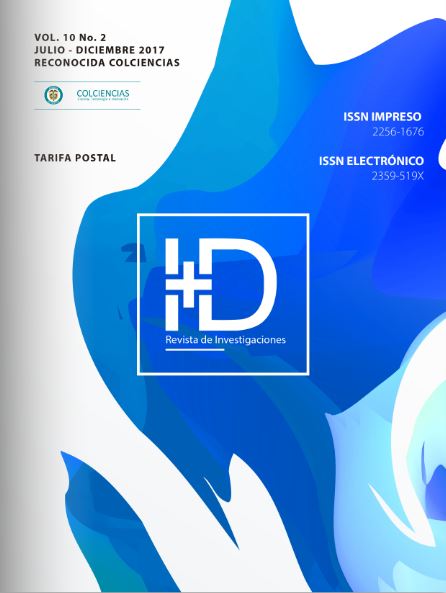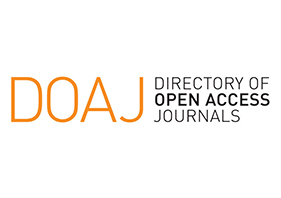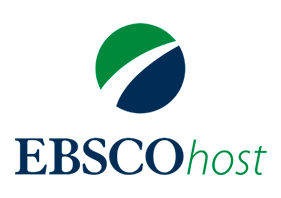Case study: proposed guidelines for the formulation of a plan for sustainable use of the hydrical resource in the verge Caney Alto in the municipality of Restrepo, Meta
DOI:
https://doi.org/10.33304/revinv.v10n2-2017001Keywords:
Sustainable use, Water resources, GuidelinesAbstract
At present, the village of Caney Alto presents environmental conflicts associated with the intervention of its natural vegetation, affecting the ecosystem’s integrality, unsustainable uses of the soil, and, in some cases, the overuse of these. The area also has environmental effects due to the mismanagement of the water resource because this path is a local and regional tourist attraction, which has generated a significant increase in demand and excessive pressures on water quality. This article presents the environmental guidelines to contribute to the sustainable development of the municipality of Restrepo, especially the Caney Alto, through the proposal of participatory strategies and control that involve social and institutional actors in the conservation and proper management of water sources in the microregion of the path.Downloads
References
Andrade P.A. (2004). Lineamientos para la aplicación del enfoque ecosistémico para la gestión integral de los recursos hídricos. PNUMA, 29 - 31.
Baoying N. (2007). Tourism development and water pollution: casa study in lijang ancient town china population. . Resources and environmetal, 123 - 127.
Blesa M. (2012). Aguas naturales. Composición y características más importantes. En Agua y ambiente. Un enfoque desde la química (págs. 35 - 44). Buenos aires.: PEUDEBA.
Bryman A. (2003). Social research methods. Second edition. New york: Oxford university press. .
Cuello, L. (2016). Determinación de la tasa relativa de crecimiento de la lemna minor sp en el tratamiento de efluentes de un sistema de tratamiento de aguas residuales municipales. I+D Revista de Investigaciones. , Volumen 7, numero 1, año 04, 91-97 pp.
Fortuny M. (2008). Technical approach for a sustainable tourism development. Case study in the balearica islands. Journal of cleaner production, 860 - 869.
Gobernación del Meta. (2010). Plan de gestión ambiental regional. Villavicencio: Gobernación del Meta.
Gossling S. (2011). Tourism and water use: supply, demand and security. An international review. . Tourism management, 1 - 15.
Gupta J. (2005). Leegal reform for integrated water resources management a multi level dynamic. Incorporación de los principios de la gestión integrada de los recurso hídicros en los marcos legales de america laina. . Bogotá: Universidad externado de colombia.
GWP. (2009). Manual para la gestión integrada de recursos hídricos en cuencas. Londres: International network of basin organizations INBO.
IDEAM. (2010). Estudio nacional del agua. . Bogotá: IDEAM.
Jara. (2007). Plan indicativo ambiental para el municipio de Restrepo, Meta. Villavicencio, Meta: Universidad de los Llanos.
León, K. (2016). Ecuaciones econométricas para los costos de inversión en plantas de tratamiento de agua potable en Colombia. I+D Revista de investigaciones. , Volumen 7, numero 1, año 04, 109-115 pp.
Marzelli S. (2011). Land resources in the alps and instruments supporting their sustainable management as a matter of regional environmental governance. Procedia social and behavioral sciencies, 141 - 155.
Ortengre K. (2005). Un resumen de la teoria que sustenta el metodo de marco lógico. Bogotá: ASDI.
Rodríguez J.P. (2010). Contaminación del agua. En Contaminación ambiental en Colombia (págs. 255 - 300). Bogotá: Fundación en causa por el desarrollo humano.
Vergel G. (1997). Metodología. Un manual para la elaboración de diseños y proyectos de investigación. Barranquilla. : Corporación universitaria de la costa.












